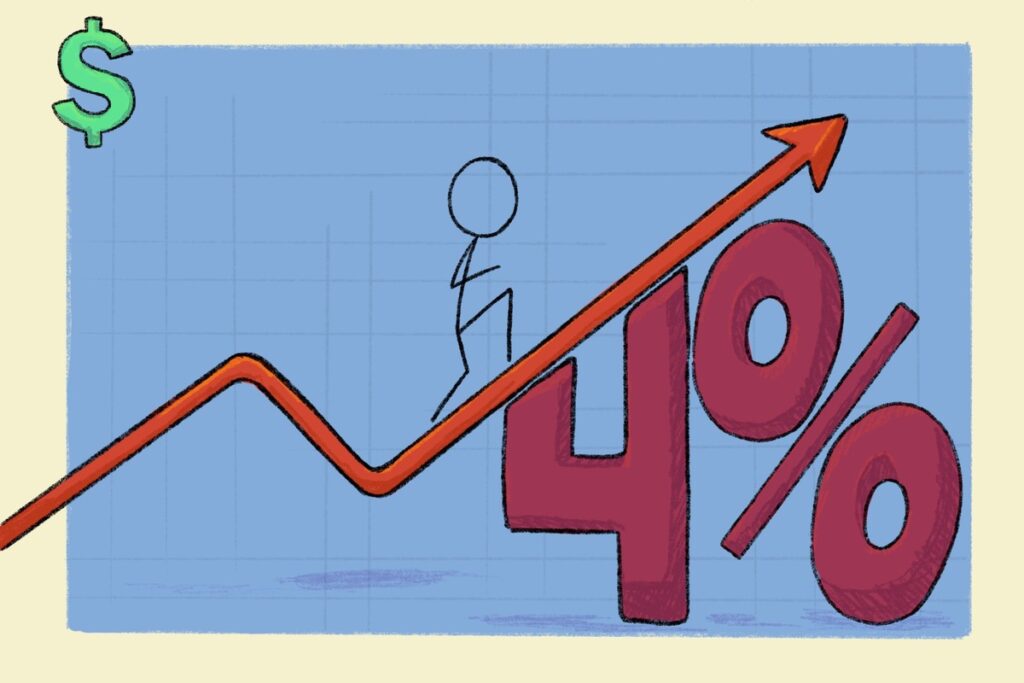
This fall, the Lewis & Clark Board of Trustees approved a measure which will raise the cost of tuition for the College of Arts and Sciences (CAS) by 4.5%. Room and board will also be raised proportionately by 4% and 5% respectively.
This was an expected increase, on track with the past trend of a 4% yearly increase. Associated Student Body (ASB) President Madeleine MacWilliamson stated that “every year, Lewis & Clark College commits to providing a consistent and predictable increase in tuition.”
According to Andrea Dooley, chief financial officer and vice president for operations, this increase is intended to partially offset inflation and rising costs of operation. Factors such as the cost of tuition at peer institutions, historical prices and feedback from the community were also taken into account.
“The College considers three main factors in developing a recommendation for CAS tuition, fees, and room and board charges: (1) the need for additional revenues to pay for students services, faculty and staff salary increases, and inflationary costs of other goods and services; (2) consistency with past increases and our communications with current and prospective students and families regarding expected increases; and (3) comparisons with LC’s cross-application peer institutions and the regional market for room and board,” Dooley said via email.
The money gained “will be used to help cover priorities and needs across the college,” according to Dooley. This will include need-based financial aid, student services, faculty and staff raises, increased program participation and facility maintenance.
“Lewis & Clark needs financing to maintain faculty to student ratios and to improve the condition and safety of residential infrastructure,” MacWilliamson said.
Before a final recommendation was presented to the Board for approval, a lengthy process of analysis, feedback and recommendation was undertaken by multiple parties. These include the Business Office, CAS deans and vice presidents, the Office of Admissions, President Robin Holmes-Sullivan, the Office of Financial Aid, Campus Living, the CAS Faculty Budget Advisory Committee and Associated Student Body cabinet officers.
The 4% increase has been kept to the minimum possible amount out of a recognition of, and desire to mitigate, the financial burden faced by students.
“(The administration) makes every effort to minimize the impact by keeping any increase to the lowest level possible,” Dooley said.
Philip Steffen ’25, a student representative on the Budget Advisory Committee, agreed that this tuition raise is justified.
“(The) overall increase of 4.28% is lower than the annual increase in the Consumer Price Index, which means that tuition, room, and board are … getting cheaper relative to the economy as a whole,” Steffen said. “This is because admissions takes seriously their commitment to families to keep price increases stable.”
However, due to this commitment to affordability as well as the high levels of inflation in our economy, Dooley expects that the amount of money raised by the tuition increase will still not be enough to offset the college’s budgetary issues.
“Lewis & Clark has a small financial endowment, and therefore relies on tuition, room, and board for 84% of its budget, which is very high for an institution of this type (Reed is ~60% tuition dependent, elite and public institutions have much lower numbers than even this),” MacWilliamson said. “Moreover, L&C is coming off roughly 5 years of budget difficulties that have left many departments short of funding.”
Despite these struggles, both Dooley and MacWilliamson agree that LC is in a fairly good financial position considering the economic damage from the recent pandemic, and is on track to continue improving. Revenue from tuition is not the college’s only source of funding – the Board of Trustees is another vital source which provides for many of the college’s financial needs.
“(I am) optimistic that the Board of Trustees will be able to intervene with their own funding to provide for the college when gaps do occur,” MacWilliamson said. “Part of the Board of Trustees’ duty is to ensure the prosperity of the college so at times, the Trustees will be asked to fund projects from their own donations when there is no budget to do so.”
In addition, the school prioritizes the student experience and staff compensation, so these are unlikely to be affected by the revenue shortage. Rather, insufficient funding means that long-term capital projects or improvement goals may be postponed. It should not, however, impact day-to-day operational costs, according to MacWilliamson.
“So far, Lewis & Clark has emerged from the pandemic better than other comparable universities, and Eric Staab has seen a healthy draw for admissions,” MacWilliamson said. “If anything, I think time and patience is necessary for our school’s financial recovery.”
For students who are concerned about how this increase will affect them financially, Dooley reassures them that those with partial scholarships (34% of students) can expect an increase in financial aid proportional to the new cost of tuition, and that those who qualify for a Pell Grant (20%) will continue to have the full cost of tuition covered.
Students with no demonstrated need, who amount to 46% of the student body, will have to pay the full 4% increase. Dooley encourages students who are experiencing changing financial circumstances to reach out to the Financial Aid Office.
“While I understand students who are not in financial need likely feel frustrated by the tuition increases, our financial aid department has a case-by-case policy,” MacWilliamson said. “So, I am confident that those without financial need have the ability to negotiate their financial aid package in order to receive further support from the college.”
Subscribe to the Mossy Log Newsletter
Stay up to date with the goings-on at Lewis & Clark! Get the top stories or your favorite section delivered to your inbox whenever we release a new issue.

Leave a Reply